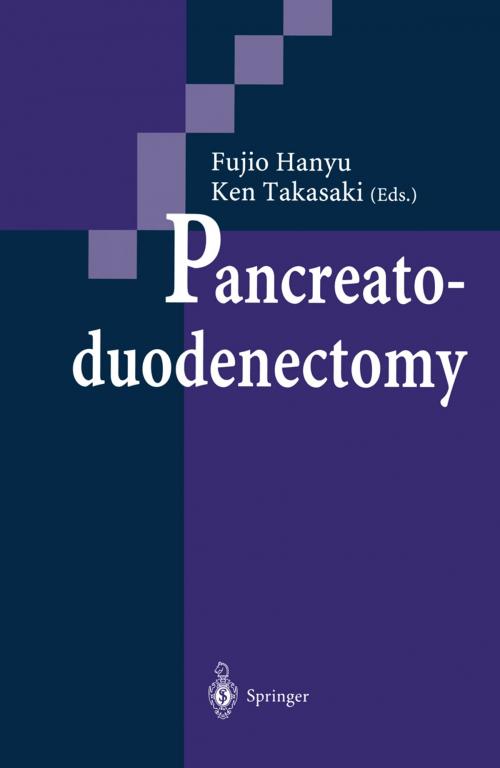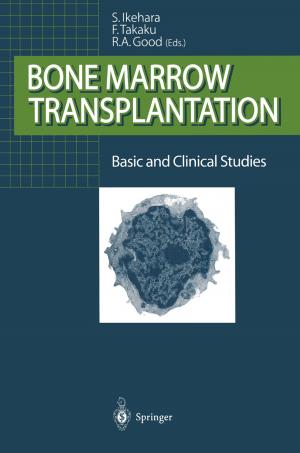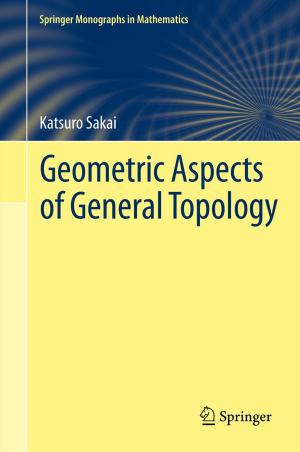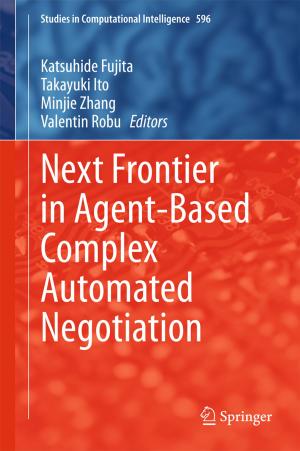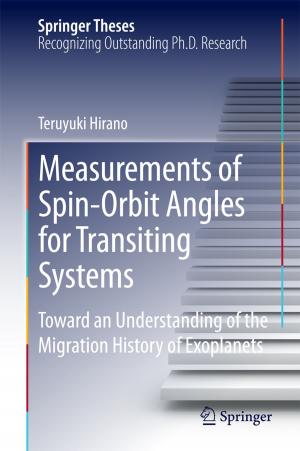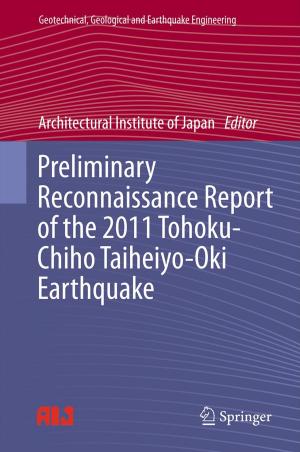| Author: | ISBN: | 9784431685418 | |
| Publisher: | Springer Japan | Publication: | December 6, 2012 |
| Imprint: | Springer | Language: | English |
| Author: | |
| ISBN: | 9784431685418 |
| Publisher: | Springer Japan |
| Publication: | December 6, 2012 |
| Imprint: | Springer |
| Language: | English |
Alessandro Condivilla of Bologna first attempted a resection of the head of the pan creas in 1898, but several decades of further trial-and-error attempts ensued before the prototype procedure of pancreatoduodenectomy (PD) was established by Whipple in 1935. In the half-century following that landmark, refinements of surgical technique, including pancreatico-and bilio-entero anastomosis as well as develop ment of new technology to support perioperative management and patient care have contributed to the decrease in mortality and morbidity rates for obstructive jaundice and pancreatic fistula. The improvement in mortality and morbidity rates associated with PD has led to an increase in the number of patients undergoing the procedure and in the number of institutions performing it. Indications for PD have also been expanded. In the early years after PD was established as a viable procedure, periampullary carcinoma was the most common indication; now PD is indicated for a number of benign and malignant diseases. Some surgeons believe that PD is the procedure of choice for certain types of chronic pancreatitis, pancreatico-biliary maljunction, and pancreatic and duodenal trauma. Other surgeons have reported the necessity of PD for lymph node dissection of gallbladder carcinoma. Consequently, the basic procedure has been greatly modi fied to accommodate the specific conditions of each disease. For patients with malig nancy, extended procedures have been developed to improve the curative resection rate and ensure complete lymph node dissection.
Alessandro Condivilla of Bologna first attempted a resection of the head of the pan creas in 1898, but several decades of further trial-and-error attempts ensued before the prototype procedure of pancreatoduodenectomy (PD) was established by Whipple in 1935. In the half-century following that landmark, refinements of surgical technique, including pancreatico-and bilio-entero anastomosis as well as develop ment of new technology to support perioperative management and patient care have contributed to the decrease in mortality and morbidity rates for obstructive jaundice and pancreatic fistula. The improvement in mortality and morbidity rates associated with PD has led to an increase in the number of patients undergoing the procedure and in the number of institutions performing it. Indications for PD have also been expanded. In the early years after PD was established as a viable procedure, periampullary carcinoma was the most common indication; now PD is indicated for a number of benign and malignant diseases. Some surgeons believe that PD is the procedure of choice for certain types of chronic pancreatitis, pancreatico-biliary maljunction, and pancreatic and duodenal trauma. Other surgeons have reported the necessity of PD for lymph node dissection of gallbladder carcinoma. Consequently, the basic procedure has been greatly modi fied to accommodate the specific conditions of each disease. For patients with malig nancy, extended procedures have been developed to improve the curative resection rate and ensure complete lymph node dissection.
